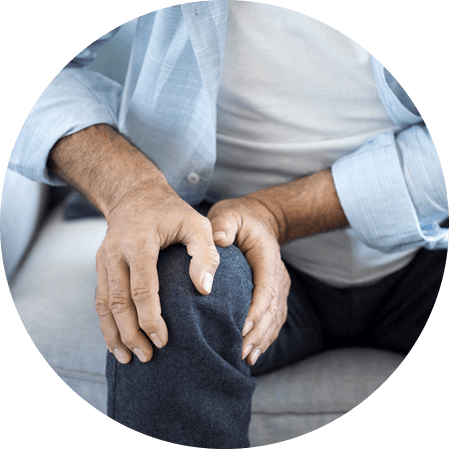Varicose Veins
What Are Varicose Veins?
Unlike smaller veins, varicose veins can be much more bulbous and protrude out from the skin. It’s not uncommon for varicose veins to cause uncomfortable symptoms, including swelling, rashes, ulcers and aches. A person may have varicose veins and accompanying symptoms without visible veins present.
How Are Varicose Veins Treated?
Dr Aziz has years of experience in crafting treatment plans for you that are effective and safe, offering a wide range of options including non-invasive injection sclerotherapy, laser vein removal and others. Dr Aziz is an expert in non-surgical, highly advanced, safe and effective techniques for the treatment of varicose veins.
- swelling of the legs
- venous ulcers
- large, bulbous veins
- flares
- pigmentation, rashes or eczema
- skin thickening and scarring
![]()
Varicose Vein Symptoms
For some people, varicose veins are painless,
though permanently visible. Varicose veins
can present in a number of ways on the skin:
Some patients may experience discomfort or complications from varicose veins:

- heaviness and fatigue
- cramps and aching in the calves and feet
- bleeding from the veins
- itchy skin rashes.
In less common cases, varicose veins can cause blood clots. These may cause complications like thrombophlebitis or deep vein thrombosis. In thrombophlebitis, a blood clot blocks a vein and causes hard, painful lumps near the skin’s surface.
Deep vein thrombosis is a serious condition where clots form in the deep veins of the legs.
